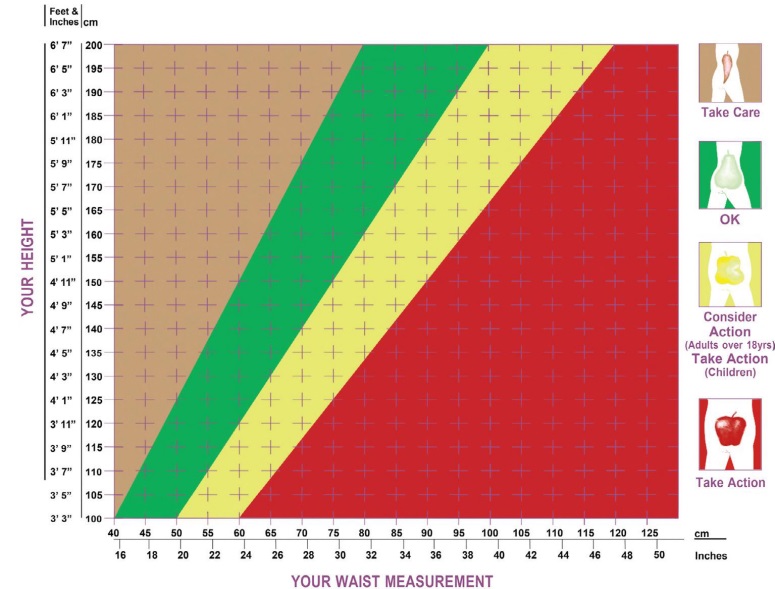- The increasing trend in obesity prevalence since the early 1980s poses a significant population health burden throughout the world. Many, if not most children with special needs face multiple challenges when it comes to maintaining a healthy weight. According to the Centers for Disease Control and Prevention (CDC), 20% of children 10 through 17 years of age who have special healthcare needs are obese compared with 15% of children of the same ages without special healthcare needs. Children and adults with mobility limitations and intellectual or learning disabilities are at greatest risk for obesity.
- As a parent, it's important to recognize the impact a healthy food and activity environment in your home will have for your whole family, and especially for your child. We have learned more about the unique risks that obesity presents to our children and realize how essential it is to address the causes to alter the trajectory to certain chronic diseases associated with obesity.
- The set up for lifelong nutrition and activity habits begins in our homes. The answers will be found by parents who seek to find what works for themselves and their family. Thirteen percent of U.S. families have a child with a disability, yet children with disabilities are seldom included in the discussions about solutions. We know what a challenge it is for parents to help their children maintain a healthy weight. How can parents ensure their family makes healthy food choices and adequate opportunities for physical activity to replace sedentary pursuits? How can families create opportunities for more routine movement that's fun, affordable and safe?
People with disabilities can find it more difficult to eat healthy, control their weight and be physically active. This might be due to:
- A lack of healthy and affordable food choices and the over abundance of lowcost nutrient poor foods, that are high in fat, sugar, and salt.
- Physical and mobility limitations that can reduce a person's ability to exercise.
- A lack of resources and social support from family, friends, neighbors, and community members.
- A lack of accessible environments, for example, sidewalks, parks, and programs that support healthy nutrition and exercise.
- Difficulty with chewing or swallowing food, or its taste or texture.
- Medications that can contribute to weight gain, weight loss, and changes in appetite.
- A lack of energy and/or pain.
- And for some, genetics.
Obesity affects different people in different ways and increases the risk for other health conditions among people with and without disabilities. We know that there continue to be fewer chances for physical activity, because sedentary hobbies are more prevalent than ever.
THE ASHWELL SHAPE CHART

SHAPE OF THINGS: The Ashwell Shape Chart allows health professionals and/or their patients to match their waist circumference against their height and to see into which category they fall. Learn more at ashwell.uk.com/shapechart.htm
So, what influence do parents play? Although research shows a link between parent and child weight, not all children of overweight parents are overweight themselves. The child inherits its genetic makeup, but parents also influence through parenting skills. In fact, parents may be able to protect their children from the impact of larger, environmental factors on whether a child becomes overweight.
Recent reports show that over 39% of adults in the world are overweight or obese and for many, problems with weight began
as children and continue as they age. We have several tools to use to interpret a child or adult's weight, including BMI, waist circumference, waist-to-hip ratio and DXA, a low dose x-ray process that measures body fat, including visceral fat that grows around organs.
A new tool, the waist-to-height ratio (WHtR) has been introduced, to help parents monitor theirs and their children's waist size compared to height, and the risk of several chronic diseases represented in health disparities of children and adults with disabilities. Some of these non-communicable diseases are linked to and can be predicted by looking at person's waist size compared to their height. These include diabetes, hypertension, heart disease, non
alcoholic fatty liver disease and even cognition problems like early onset dementia. The WHtR most accurately predicts both the percent of body fat, and visceral adipose tissue.
Visceral fat collects around organs, including the heart, liver, pancreas, arteries, and intestines and it is dangerous. It stimulates the release of proteins and hormones that cause inflammation which can damage tissue and impair organ function. For example, when it collects around and in the pancreas, the cells which store and release